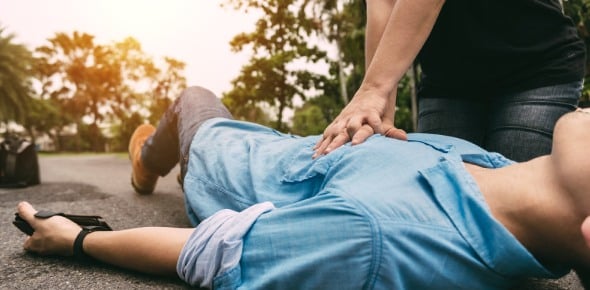You Are A Nurse, You Should Know Part 2
- CPR
- BLS
- ACLS
2.
You may optionally provide this to label your report, leaderboard, or certificate.
×
Thank you for your feedback!
















